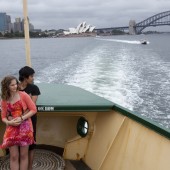
Accent
Students create a phrase and alter it by changing accents.

Students create a phrase and alter it by changing accents.
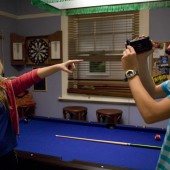
Students learn about camera angles and trial them using phone cameras and other media equipment.
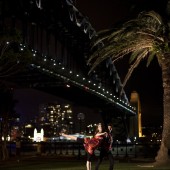
Students observe, experience and notate basic salsa moves.
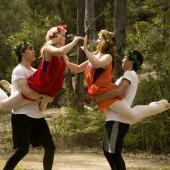
Students recreate the staged fight between Abigail and Sammy with particular attention to body language.
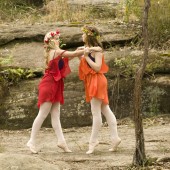
Students choreograph a fight scene.
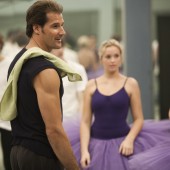
In pairs, students create a phrase of music without the use of speech.
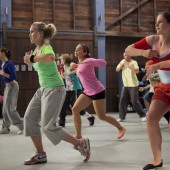
Students discuss cultural dance styles and individual heritages. Plan and teach a cultural dance.
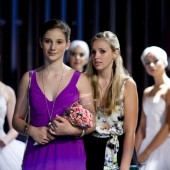
Students create a cygnet dance in the style of line dancing. Rate selves using activity sheet.
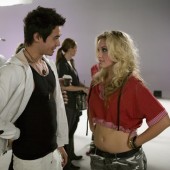
Students discuss framing and editing, plan camera angles for a dance shoot
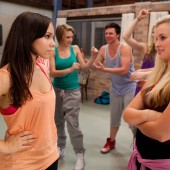
Students prepare a one-minute routine with props.
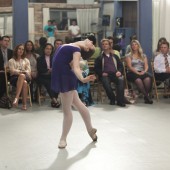
Students recount family stories by creating tableaus.
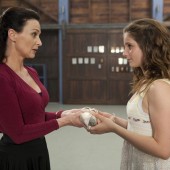
Students consider family traditions and create a movement phrase based on action words.
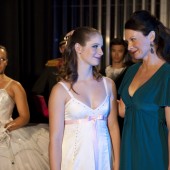
Students discuss the giving and receiving of notes for improvement of group and individual performances, learn a dance and practice giving each other notes.
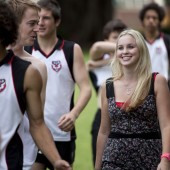
Students perform activities from the Ausdance Fitness Test then devise their own speed test.
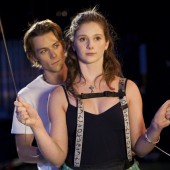
Students create a floor phrase where they do not use their hands or stand on their feet.
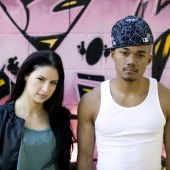
Students find examples of graffiti and create a phrase based on graffiti images.
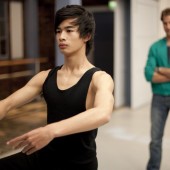
Students create their own Haka.
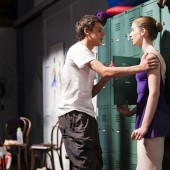
Students create a feel good dance. Reflect on their feelings before and after.
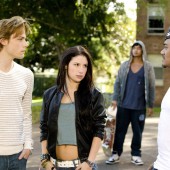
Students create a hip hop fashion show.

Students attempt to expand their solo ideas through improvisation techniques.
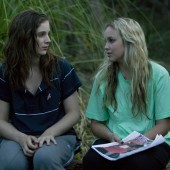
Students watch examples of site specific work and generate movement response to alternative locations.
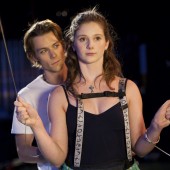
Students learn about safe dance practice in relation to jumps.
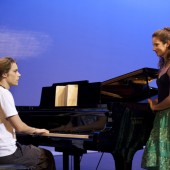
Students explore a range of jumps and observe some jump styles from the internet.
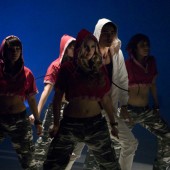
As a whole the class learns a sequence from Kat’s routine. They then create variations of this dance sequence.
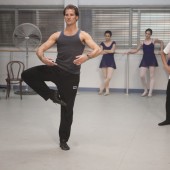
Students research leading men, place on timeline, select one and research him.
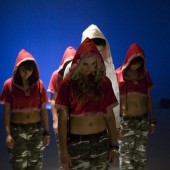
Students develop a lighting plan and then attempt to realise it via low tech lighting found in and around the school.
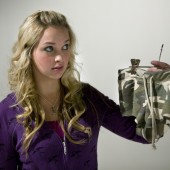
Students role play interviewer and artist on tour. Students create a poster advertising an upcoming tour.
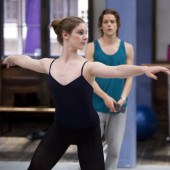
Students collaborate in pairs as choreographer and dancer to develop a dance solo.
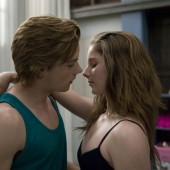
Students research an Australian modern dance pioneer and construct a timeline of key works.
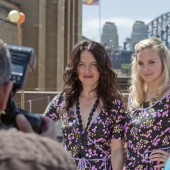
Students consider leisure activities – shared and different using a Venn diagram.
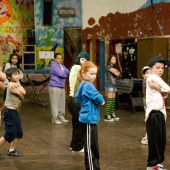
Students plan a community dance program.
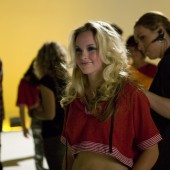
Students look at roles on set and create a “postcard” of a set and bring it to life for 15 seconds.
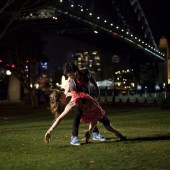
Students improvise with the basic salsa steps.
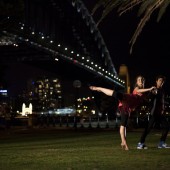
Students learn one salsa dance and then swap leading roles.
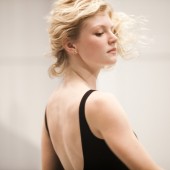
Body shape is explored through improvisation of shapes – call and response method with reflective activity.
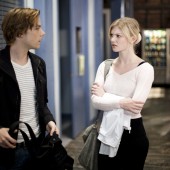
Students choreograph pathways in space using their initials as impetus.
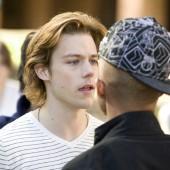
Students learn about symmetry and asymmetry in pairs and as a group. They apply spatial arrangements of groups to an existing dance.
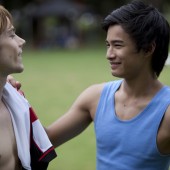
Students select movement from three different sports and create a dance.
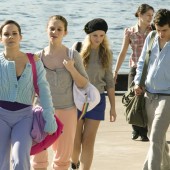
Students create a dance about bullying, perform and direct each other.
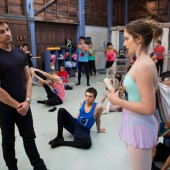
Students learn about the traditions of ballet companies and their hierarchy, and map this structure.
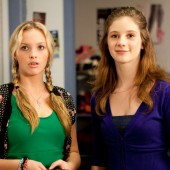
Students learn about the history of hip hop and based on freezes and poses create a simple hip hop phrase.
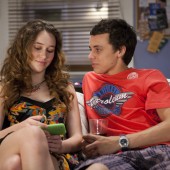
Students discuss the ideals of the perfect couple, the pressures this puts on young people, consider their own ideals and write an ad for a dating agency.
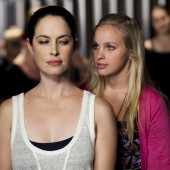
Students learn to hear and perform to the beat.
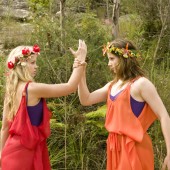
Practical activity where pairs of students perform activities as one person, taking into account the other’s point of view.
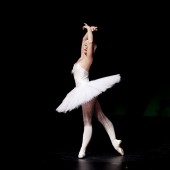
Students consider pre-performance processes and relate to time calls.
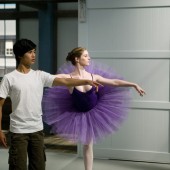
Students experience a range of trust activities and rate their levels of trust.
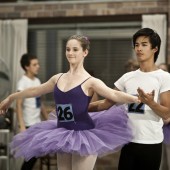
Students try a few rock’n’roll moves and create a photo wall of fame.
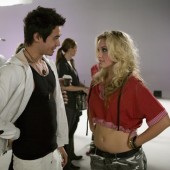
Through role play students learn the effectiveness of four forms of feedback.
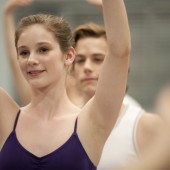
Students experience a range of activities and create a dance to be performed in unison. Feedback by peer review.